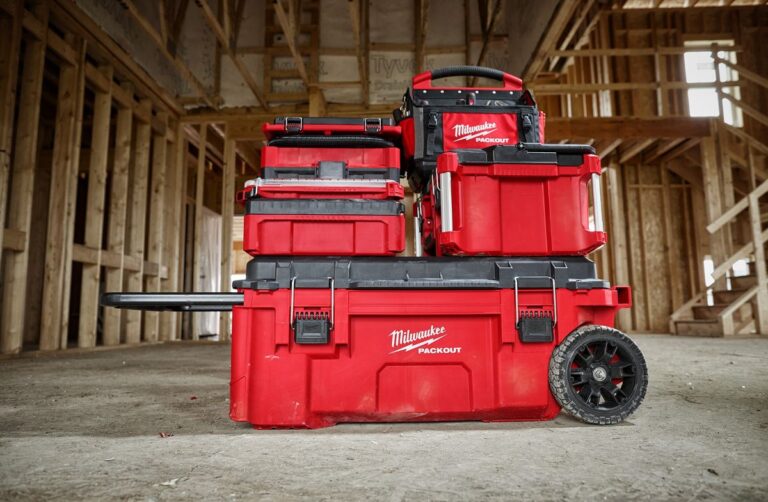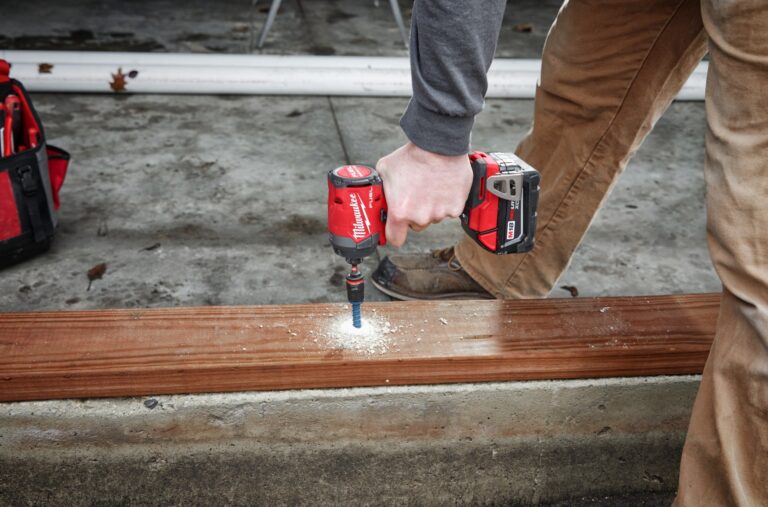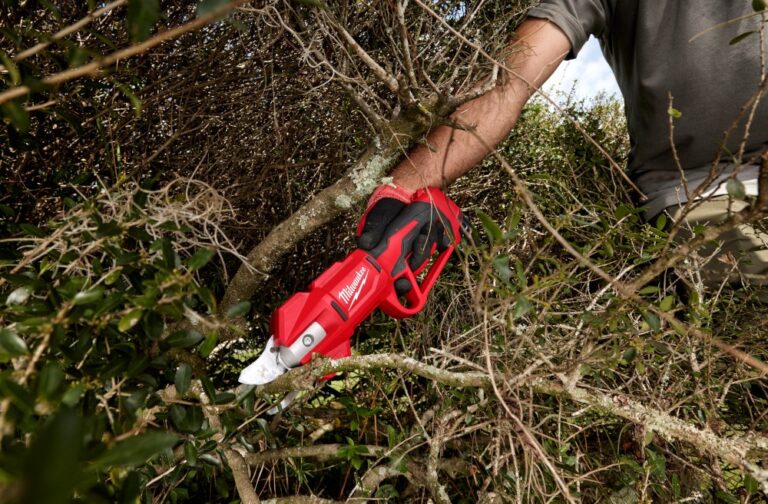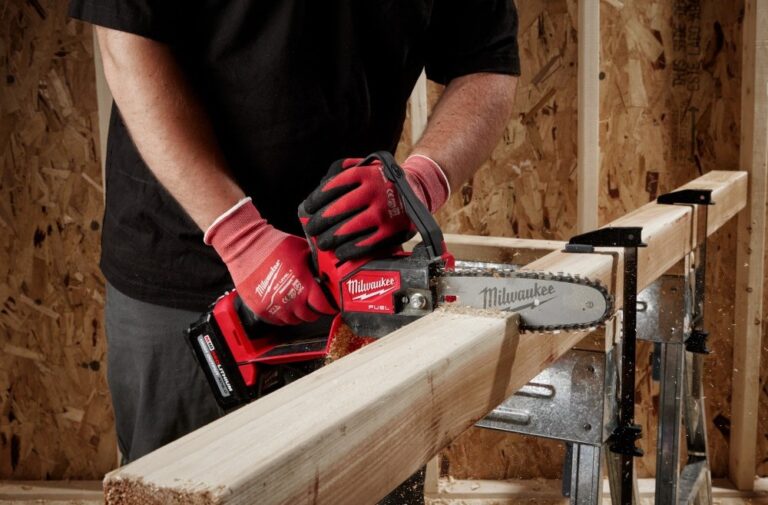You want your lawn to live long and prosper, but then one day, expecting to step out into your beautiful lawn, you find yourself transported to a strange new world. Your lawn is a swamp. You’ve got a broken pipe. Our mission today is to fix a pipe using a PVC Compression coupling and bring new life to this mess I’ve got here. I’m Alfred Castillo, the Sprinkler Warehouse pro. Let’s get started.
Benefits Of PVC Compression Coupling
Compression couplings are a great choice for a quick fix on a broken pipe. It requires no cement or solvents and can fix that pipe at warp speed. If you find yourself in a really sticky situation where you absolutely have to make a repair where the pipe is underwater or there’s still a little water running through the pipe, the compression coupling is a good way to go. Repairing a submerged pipe is not the best idea, but if you find yourself without options, it’s possible. This fitting can also be removed and reused.
The compression coupling I’m using today is a CPC-1000. It’s rated for 150 PSI Static pressure at 72°F, which means you could use this fitting before the valve in your irrigation system. The compression coupling is a really bad idea for any pipe that’s going to experience any movement. Under those circumstances, it will definitely leak. Also, being PVC, you don’t want to use this for a situation in which it will be exposed to sunlight as it will degrade. Let’s repair a broken pipe.
Using Compression Coupling To Repair A Broken Pipe
For this job we’re going to need:
- A pipe cutter or hacksaw.
- A compression coupling the same size as the pipe we’re working on.
In this case, we’re repairing a one-inch diameter pipe, so we have to use a one-inch coupling. Obviously, you’ll need to locate the break in your pipe and dig down to it and a little under it. You won’t need a really deep space under it, just enough to work.
- To begin, I’m going to cut out a section of pipe large enough to fit in the coupling, but the gap shouldn’t exceed the length of this area here between the threads. I’m using a PVC pipe cutter to make this job easier. You could use a hacksaw, but do remember to remove any burrs left by the hacksaw, including inside the pipe. Burrs left in the pipe could potentially clog up some of your sprinkler heads.
- I’m going to clean off the pipe near the cut. Well, that’s not a great cut but I’m an irrigation guy, not a surgeon.
- Disassemble your coupling. I’m going to just screw off these nuts here. This fine piece of engineering uses these rubber gaskets to make the seal.
- Slip the nuts onto the pipe like this.
- Put on your rubber gaskets. They really cling on to the pipe.
- Fit your coupler into the gap and get it seated on the pipe.
- Screw on the nuts like so. That compresses the gasket onto the pipe, hence the name, compression coupling – logical. Hand-tight is fine. You can also put a strap wrench on the nut and give it a half-turn, but don’t overtighten. It is possible to break them.
I’m going to turn on the water and see how we did, giving her all she’s go. I’ve got my sprinkler system controller set up with a LINK WiFi module so I can turn it on with the Rainbird mobile app. Looks like we have a little drip here. I’m going to give it another half-turn and see how we do. Well looks like that did it. When you backfill the hole it’s best to compact the soil around your fitting to help prevent movement and stabilize the fitting.
Remember, Sprinkler Warehouse has everything you need to keep your irrigation systems up and running so your trees, lawn, flower beds, and gardens are lush and beautiful.






























